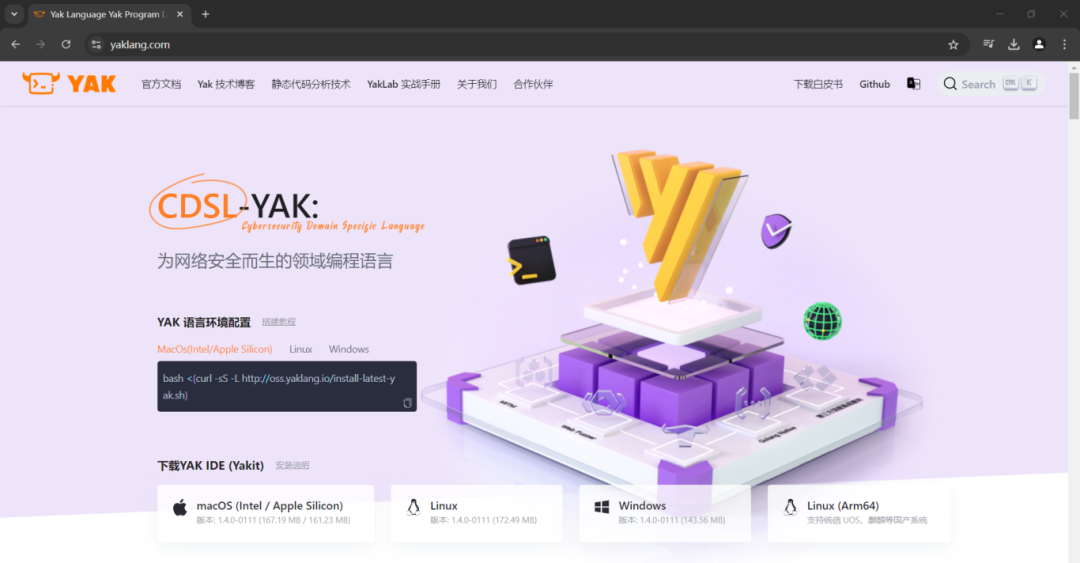Mybatis-plus的使用
一、简介
二、在springboot中的基本使用
<dependency>
<groupId>com.baomidou</groupId>
<artifactId>mybatis-plus-boot-starter</artifactId>
<version>3.4.0</version>
</dependency>
...# 数据库驱动:
spring.datasource.driver-class-name=com.mysql.jdbc.Driver
# 数据库连接地址
spring.datasource.url=jdbc:mysql://localhost:3306/books?useUnicode=true&characterEncoding=utf-8
# 数据库用户名&密码:
spring.datasource.username=root
spring.datasource.password=root
# mapper的路径
mybatis-plus.mapper-locations=classpath*:/mapper/**/*.xml
...@SpringBootApplication
@MapperScan("com.qf.day15.dao")
public class Day15Application {
public static void main(String[] args) {
SpringApplication.run(Day15Application.class, args);
}
}
...// 如果表名和实体类的名称一致,如果属性名和数据库表中字段名一致,可以不配置任何实体相关内容
@Data
public class User {
private Long id;
private String name;
private Integer age;
private String email;
}
...public interface UserDAO extends BaseMapper<User> {
}
...@SpringBootTest
class Day15ApplicationTests {
@Resource
private UserDAO userDAO;
@Test
void contextLoads() {
List<User> list = userDAO.selectList(null);
System.out.println(list);
}
}
...三、常用配置
1、实体类配置
当实体类与表名不一致,字段名与属性名不一致时,需要相应的配置
@TableName 一般用来配置实体类对应的表名,resultMap,以及忽略的属性名(3.3.1以上的版本)等。
用在类上。
@TableId一般用来配置主键的增长方式,并且配置表中的主键字段的名称。相当于id标签
@TableField 一般用来配置表中列的名称。相当于result标签
@Version乐观锁标记。
@Data
@TableName("tb_user")
public class User {
@TableId(value = "u_id", type = IdType.AUTO)
private Long id;
@TableField("u_name")
private String name;
@TableField("u_age")
private Integer age;
@TableField("u_email")
private String email;
}
...四、常用方法
// 添加
int insert(T entity);
// 根据id删除
int deleteById(Serializable id);
int deleteByMap(@Param("cm") Map<String, Object> columnMap);
// 根据where条件删除
int delete(@Param("ew") Wrapper<T> wrapper);
// 批量根据ids删除
int deleteBatchIds(@Param("coll") Collection<? extends Serializable> idList);
// 根据id修改
int updateById(@Param("et") T entity);
// 根据where条件修改
int update(@Param("et") T entity, @Param("ew") Wrapper<T> updateWrapper);
// 根据id查询对象
T selectById(Serializable id);
// 根据一组ids查询集合
List<T> selectBatchIds(@Param("coll") Collection<? extends Serializable> idList);
List<T> selectByMap(@Param("cm") Map<String, Object> columnMap);
// 根据添加查询单个对象
T selectOne(@Param("ew") Wrapper<T> queryWrapper);
// 根据添加查询数量
Integer selectCount(@Param("ew") Wrapper<T> queryWrapper);
// 根据添加查询集合
List<T> selectList(@Param("ew") Wrapper<T> queryWrapper);
List<Map<String, Object>> selectMaps(@Param("ew") Wrapper<T> queryWrapper);
List<Object> selectObjs(@Param("ew") Wrapper<T> queryWrapper);
// 分页查询
<E extends IPage<T>> E selectPage(E page, @Param("ew") Wrapper<T> queryWrapper);
<E extends IPage<Map<String, Object>>> E selectMapsPage(E page, @Param("ew") Wrapper<T> queryWrapper);
...构造查询条件Wrapper
具体参考:https://mybatis.plus/guide/wrapper.html#in
public List<User> findAll(int age){
QueryWrapper wrapper = new QueryWrapper();
wrapper.gt("u_age", age);
return userDAO.selectList(wrapper);
}
...五、关联查询的实现
mybatis-plus对于关联查询本身需要mybatis来支持,所以可以写mapper.xml来实现。
@Data
@TableName("book_type")
public class BookType {
@TableId(value = "id", type = IdType.AUTO)
private Integer id;
private String name;
}
@Data
@TableName(value = "books", resultMap = "bookMap") // 关联xml中的resultMap配置
public class Book {
@TableId(value = "id", type = IdType.AUTO)
private Integer id;
private String name;
private String author;
@TableField("book_desc")
private String bookDesc;
@TableField("create_time")
private Date createTime;
private BookType type;
@TableField("img_path")
private String imgPath;
}
...<?xml version="1.0" encoding="UTF-8"?>
<!DOCTYPE mapper PUBLIC "-//mybatis.org//DTD Mapper 3.0//EN" "http://mybatis.org/dtd/mybatis-3-mapper.dtd">
<mapper namespace="com.qf.day15.dao.BookDAO">
<resultMap id="bookMap" type="com.qf.day15.entity.Book">
<association property="type" column="type_id" select="com.qf.day15.dao.BookTypeDAO.selectById"></association>
</resultMap>
</mapper>
...本文共 395 个字数,平均阅读时长 ≈ 1分钟











评论 (0)